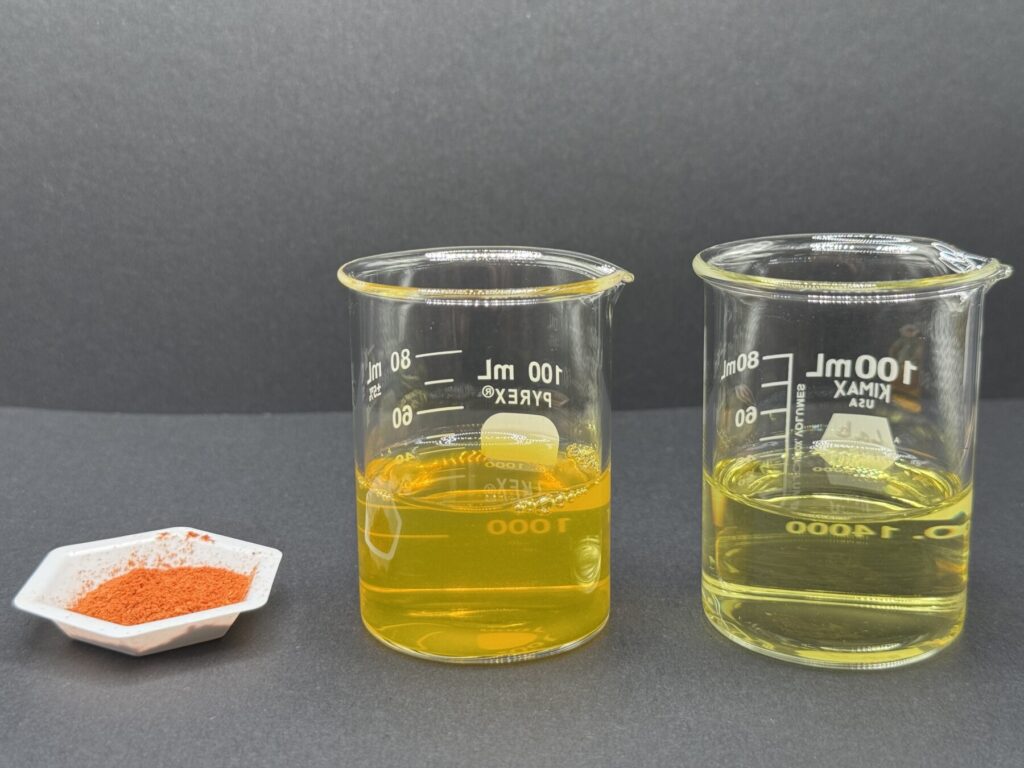Written by Hualu Zhou, Ph.D.
FDA Takes a Landmark Step Toward Safer, Natural Food Colors
In a groundbreaking move, the U.S. Food and Drug Administration (FDA) announced a significant policy change: the phase-out of petroleum-based synthetic dyes from the nation’s food supply. As outlined in their recent news release, “HHS, FDA to Phase Out Petroleum-Based Synthetic Dyes in Nation’s Food Supply”, this shift reflects growing public health concerns and consumer demand for cleaner labels and naturally derived ingredients. The decision marks a historic turning point toward a food industry built around transparency, safety, and natural innovation. This transition is crucial because petroleum-based dyes—commonly found in everyday foods—have long been scrutinized for potential links to children’s behavioral issues, allergies, and other health concerns. Phasing them out will help restore consumer trust and drive the market toward more sustainable, health-conscious practices.
Natural Color Alternatives and the Challenges Ahead
While the FDA’s action opens new opportunities, replacing synthetic colors with natural alternatives is not without challenges. Here’s a look at synthetic dyes being phased out and potential natural substitutes:
Synthetic Dye, Possible Natural Alternatives
Citrus Red No. 2: Paprika extract, annatto, lycopene
FD&C Red No. 40: Beet juice, anthocyanins (from fruits/vegetables), carmine
Orange B: Beta-carotene, paprika oleoresin
FD&C Yellow No. 5: Turmeric extract, saffron, lutein
FD&C Yellow No. 6: Annatto, beta-carotene, turmeric extract
FD&C Blue No. 1: Spirulina extract, butterfly pea flower
FD&C Blue No. 2: Gardenia blue, red cabbage-derived anthocyanins
FD&C Green No. 3: Mixtures of spirulina and turmeric or gardenia green
Despite the exciting variety of alternatives available, significant challenges hinder their broader use. Natural pigments are often more costly than synthetic alternatives due to the expenses associated with cultivation, extraction, and processing. Additionally, their stability can be highly variable and sensitive to environmental factors. Many natural colors shift in hue depending on the pH level of the food, while high-temperature processes like baking or pasteurization can degrade the pigments. Exposure to oxygen can cause natural dyes to fade or brown over time, and light can accelerate color loss or changes.
How the UGA Extension Team Can Help
At the University of Georgia Extension, we are fully equipped to support the food industry through this important transition. Our team offers professional consulting services to guide ingredient selection, product reformulation, and regulatory compliance; provides comprehensive shelf-life testing to ensure color and product stability under various environmental conditions; and delivers product development support through resources like the UGA Food Product Innovation and Commercialization Center (FoodPIC) to help optimize formulations with natural colors.
Excitingly, one of our Extension Specialists and Assistant Professors, Dr. Hualu Zhou, has recently achieved a major breakthrough by developing a water-soluble, turmeric-derived yellow pigment with enhanced color stability. Her innovative process addresses key hurdles such as affordability and sustainability, making it a strong candidate to replace synthetic colors like FD&C Yellow No. 5 and FD&C Yellow No. 6. Dr. Zhou has filed a provisional patent for this technology and is actively seeking industry partners for collaboration. She is committed to helping food manufacturers navigate this transition with cutting-edge, scientifically validated solutions. If you are interested, please feel free to reach out to her at hualuzhou@uga.edu.

Photo taken in Dr. Zhou’s lab